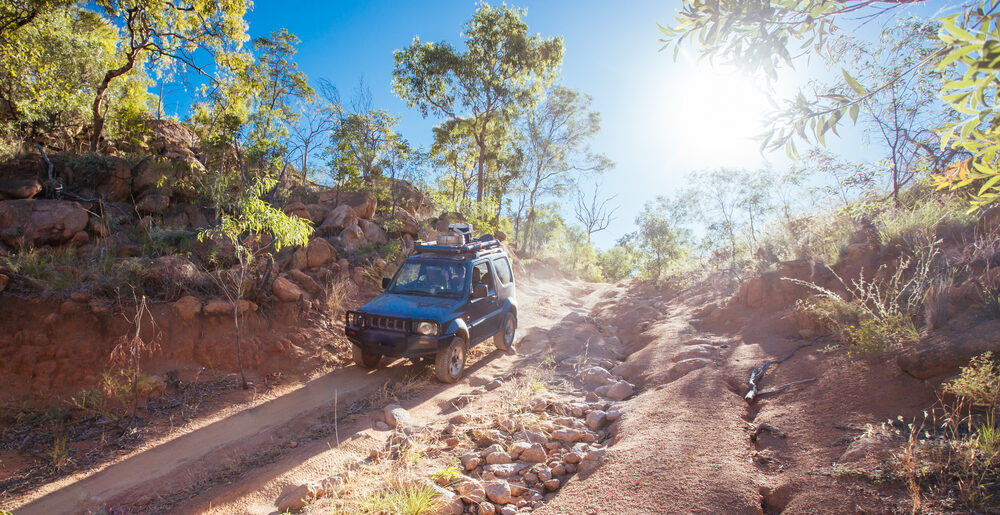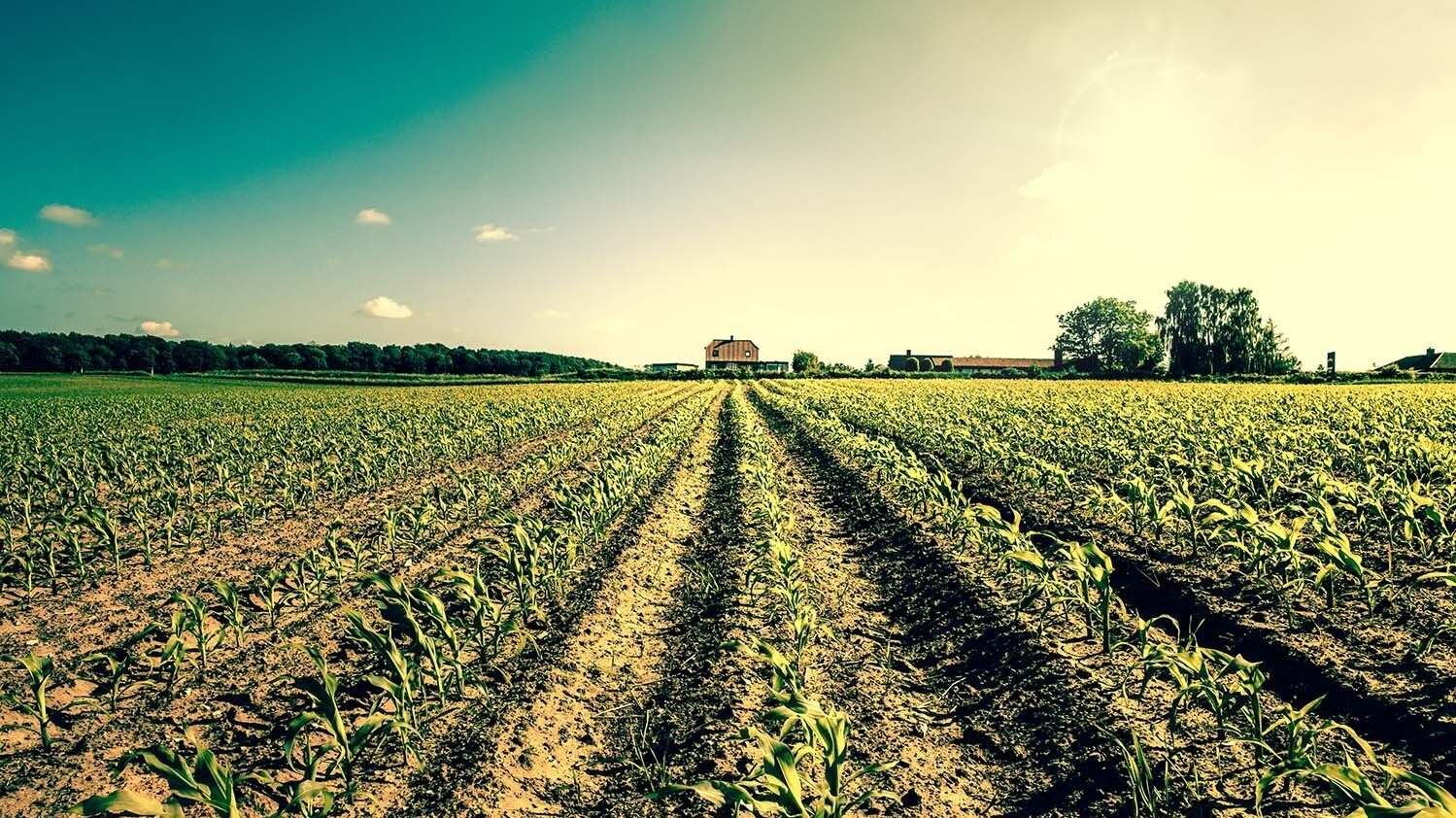Australian Outback vs. Siberian Wilderness: Which Is Tougher To Tour?

It seems such a macho question doesn’t it? Like how tough does your toughness have to be to tough it out in the toughest of tough environments; and is that environment really the toughest of all?
Tough question.
Tough’s tough to define. It can be strength, resilience, inflexibility, coarseness. It can be arduous and unpalatable and brutal. There’s the difference in perception between a tough man and a tough woman. Digging a hole is tough. Grieving is tough. Tough is physical, spiritual, emotional. You can have all that covered, none of it at all, or one or two of three. Toughness is not relative to size, age or capacity. Toughness is sometimes what others see that we don’t feel within ourself. The elderly can be frail and tough; a baby incomplete, unborn and yet determined.
It’s elusive, this idea of toughness. Like hammering down a feather. Or handling something so hardened and thorny it’s too brittle and fragile to grasp.
The 13 million square kilometres of Siberia has the largest freshwater lake by volume in the world. Lake Baikal. It’s also the deepest at 1642 metres.
Breathtaking.
As we know, Australia is the driest continent on earth. Essentially seventy percent of it is just earth. The Australian outback extends an inhospitable hand to 5.6 million square kilometres.
Mammoth.
Do we tour the rawness of the Aussie outback or the barbarous monotony of Siberia to unearth toughness or encounter enlightenment? Is it human conquering beauty and beast or soul finding space and time?
Australia and Siberia are the two largest, most mineral wealthy land masses on the planet. The first has 40 million years of supporting and opposing human life; the other 125 thousand years. Still no short straw there, despite a century of hard-pushing to see how long until we place the final one on our much disrespected natural world. As an aside, Australia has 350 operating mines and Siberia has 220. Prior to its rapidly changing landscape over the last two decades of melting permafrost at an unprecedented rate, there were 96.
The oil and gas industry is moving in.
A few more straws before our alarmingly short arrival at the last one, and commercial witness that Siberia isn’t as tough as it once was.
The Siberian tundra also entices hardy adventurers for off-the-beaten-track experiences of a lifetime. Sitting just below the Arctic ice cap, the coastal tundra along the Laptev Sea stretches across northeastern Russia. You might be lucky enough, or unlucky enough to come across a Siberian tiger. Or an insomniac bear – temperatures have been hovering around 4°C instead of the usual minus 2.3 and it’s stopped bears hibernating. You can hear the poor things moaning to each other about how it’s just too hot to sleep.
Tough when you can’t take your bearskin off.
So Siberia’s loosing its cool and so is Australia. It hotted up so well in the summer of 2019/20, 5.3 million hectares burned over 79 days and took the lives of three billion animals with it.
That’s more than tough. That’s savage tragedy.
You want tough? Forget touring the Siberian wilderness. Imagine arriving straight from the womb and surviving a temperature scopes of between minus 70°C and 35°C for the last 78 years. Living nowhere else, and for 35 of them knowing noone who wasn’t brother, sister or parent.
Now that is tough.
A Siberian family lives frugally off completely inhospitable land for almost eight decades and First Nation People thrived on it for 40000 millennia. Such is the dualism of toughness.
Tough to define tough; tough to decide the toughest terrain, rough to decide which tour.
Both Australia and Siberia are vast, remote, isolated and complex lands where environment is not your friend. And nor is technology.
Take a minute and imagine not being able to Google your way out of something.
Something very important.
The Australian outback has desert and semi-dry tropics, with extreme temperatures that can be between minus 7.5 and 95°C. It has both venomous, and man-eating pursuit reptiles, dingoes, deadly spiders and scorpions.
If you break down in the heat you’re dead meat. There is nowhere to hide, no shade no shelter.
Tourists need to drink 15 litres of water a day and without proper hydration can perish within hours. Once your body reaches 40°C you have 30 minutes to cool down to avoid vital organ malfunction and a lead-up to death.
The outback claims about 40 lives a year. Vast desert dunes soften, bogging and breaking vehicles; people get lost, vehicle accidents happen – often by unavoidably hitting wildlife.
There is strong digital marketing of the outback to city-dwelling Australians, and internationally. Always making it seem that travelling in the Australian outback is fundamentally a blokey pursuit, with a hot girlfriend sometimes involved. All the 4WD, camping and outback travel shows are aimed at men and presented by men. They all have high-end 4WDs and talk a lot about lifts, tyres, recovery gear, and all that shit. And really – that’s what it is, a lot of talk ‘n shit. The safest 4WD tours travel in tag along groups. In the outback it won’t always be your gear that saves you and ingenuity always will. There is no reason for a flat tyre in the outback when you’re surrounded by spinifex.
Siberia is also a true wilderness. 18000sq kilometres of canyons, and strangely flat-topped mountains. Lakes and rivers, and thousands and thousands of tundra kilometres, unmapped.
Who knows which is the toughest of two places, 10000 kilometres apart, to tour?
Is experiencing unbelievably hot temperatures more rugged than toughing out extreme cold? Is it tougher to risk dying of thirst, or dicing with falling through ice? Which colours of the spectrum, which experiences of sound and fragrance drive you to override the possibility of not surviving?
The toughness comes not with where you go, but that you go.
For some people a tough tour is leaving their home every day. For some it’s taking a trip with family. Tough stuff exists for no other reason than for us to take the chance to learn something. About the world, about a place, and always about ourselves.
That is the toughest tour of all. Being in our personal Siberia. Crossing our personal desert.

